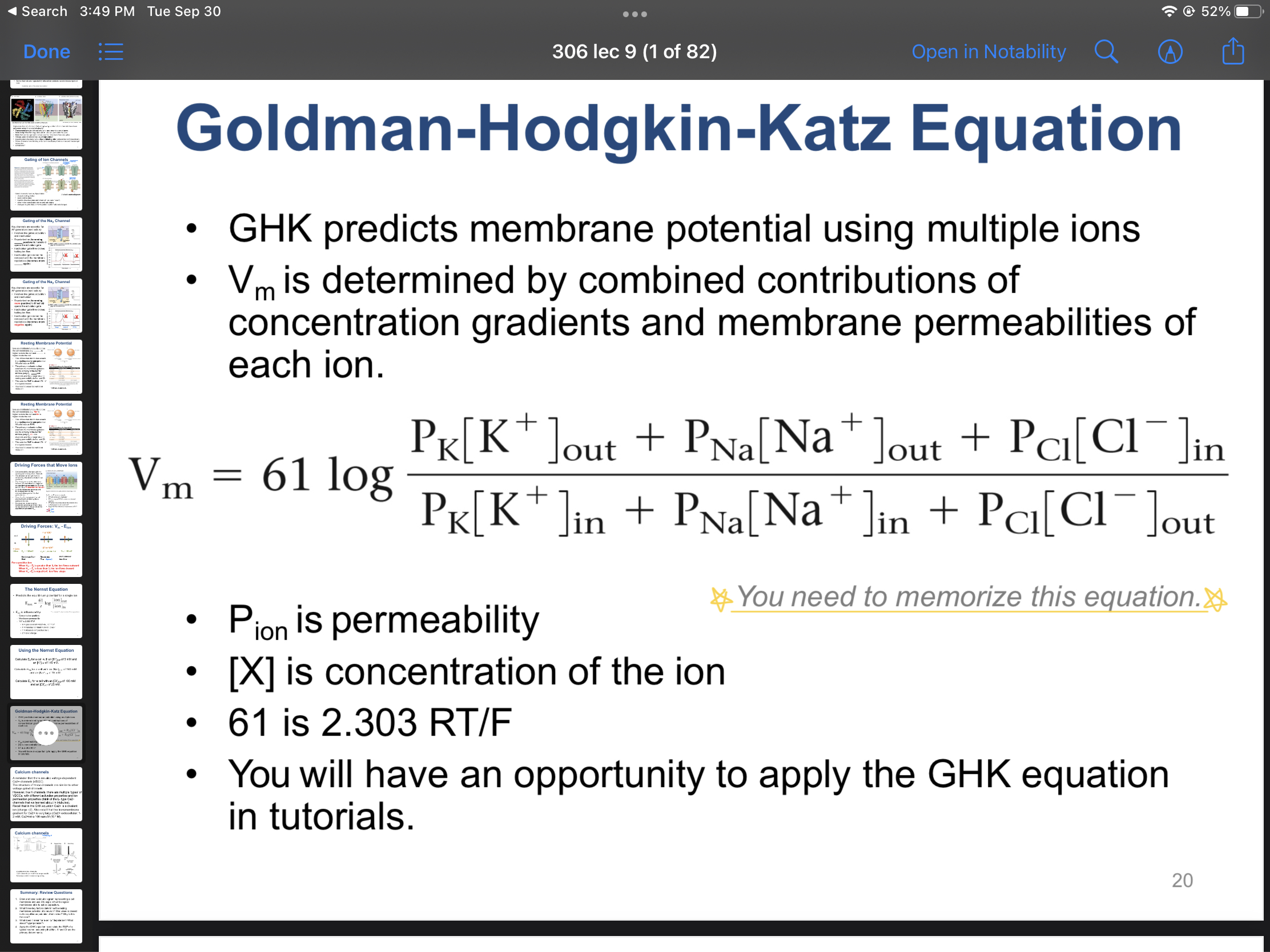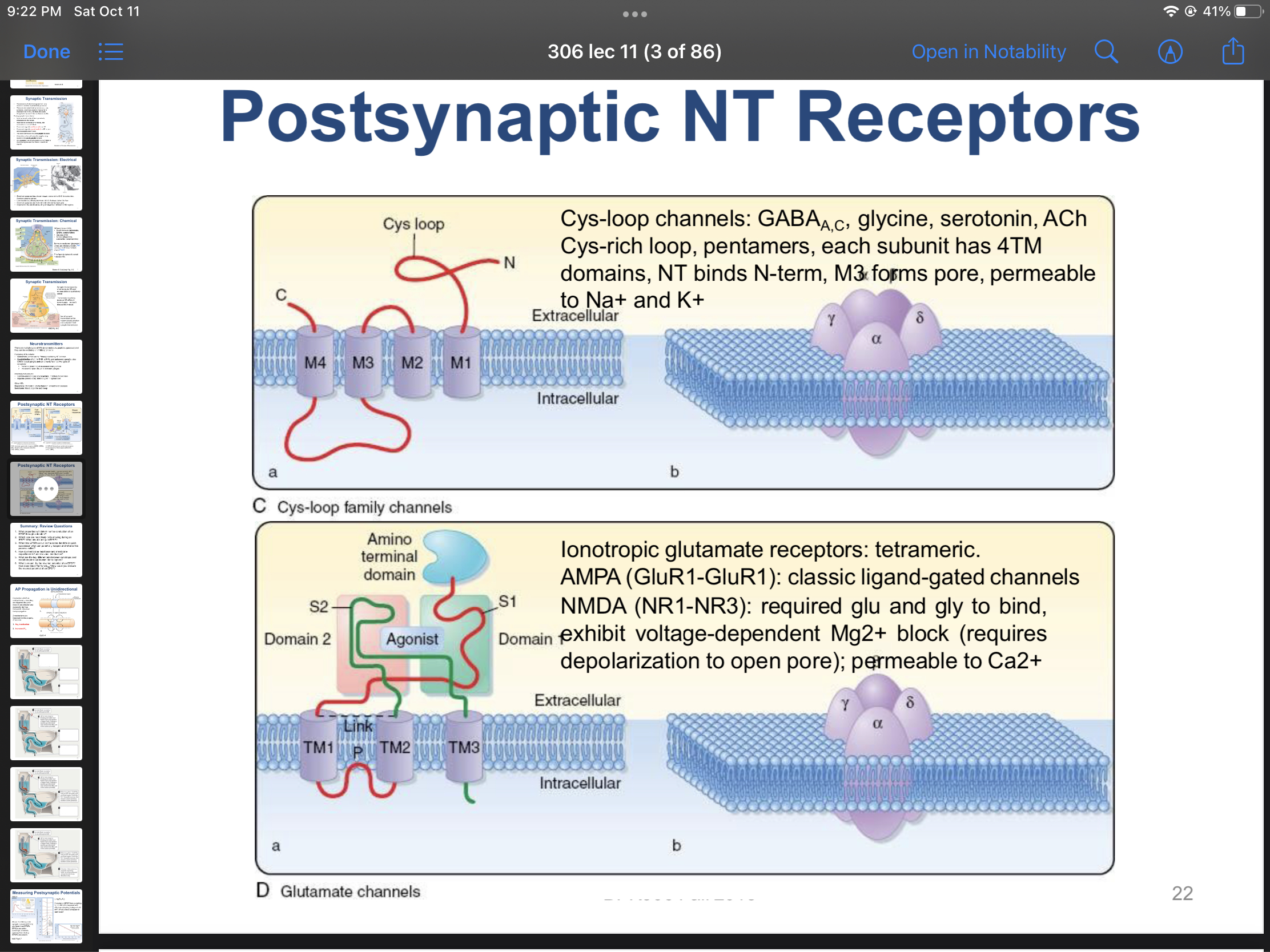306 part 2
1/162
There's no tags or description
Looks like no tags are added yet.
Name | Mastery | Learn | Test | Matching | Spaced |
|---|
No study sessions yet.
163 Terms
what is the cell body called
the soma
what do dendrites do
recieve input
what do astrocytes do
maintain brain homeostasis by regulating synaptic activity, supporting neuronal metabolism, forming the blood-brain barrier, and modulating neuroinflammation.
what do microglia do
CNS immune cells
what do ependymal cells do
line the brains ventricles, secrete CFS
what do oligodendria do
produce and maintain myelin sheath
what do schwann cells do
structural support and insulate axons ( form myelin sheath)
how do neuroglia differ from neurons
they dont form synapese
have only one type of projection
able to divide
less electrically excitable
what do afferent pathways do
deliver sensory input from the PNS to the CNS
what do somatic efferent pathways control
voluntary/ skeletal muscle
what do autonomic efferents control
smooth and cardiac muscle
what does the PNS include
all peripheral nerves exiting the spinal cord
sensory receptors ( muscle, skin, special senses)
where does the PNS interface with the cns
in the dorsal and ventral horns of the spinal cord
what does the ascending dorsal column medial lemniscus do
carry sensory input on fine touch, vibration, and proprioception to the brain
what does the ascending spinothalamic pathway do
carry sensory input on temperature, crude touch and pain to the brain
what do corticospinal tracts
carry motor signals from the brain to skeletal muscles to control movement
functions of the cns
gather, integrate, process, percieve infromation from the PNS
organize reflex and autonomic responses
planning and executing voluntary movements
higher functions like cognition, learning, and memory
what are the major regions of the brain
cerebrum, cerebellum, pons, medulla, brain stem
what properties can pass through the biomembrane
small, lipophillic, uncharged
what is used to regulated channels
intracellular proteins, second messengers, ions
structure of CaV and NaV channels
pores formed by monomers with four repeating 6TM-spanning regions
structure of ion channels
transmembrane channels with a centeral pore
some are multimers of homoeric or heteromeric subunits (KV, HCN)
some are monomers with repeating transmembrane units
what are the states of gated channels
closed(resting)
open(active)
inactive (until channel has been reset)
can have sub states
changes in gate status involve protein conformational changes
gating of the NaV channel
depolar opens the activiation gates
inactivation gate then closes halting ion flow
inactivation gate cannot be removed until the membrane repolarizes
what is the RMP
-70mV
what are the values for K in and outside the cell
120-150
3.5-5.0
what are the values for Na in and outside the cell
10-15
135-147
what are the values for CI in and outside the cell
20-30
95-105
what are the values for HCO3 in and outside the cell
12-16
22-28
what determines the direction the ion channels will move
chemical and electrical gradients
what does the opening and closing of ion channels do
changes the cell permeability
what is the driving force for ion movement
the difference between the membrane charge and the equilibrium potential
whst happens when Vm (membrane charge) - Eion (eq potential) is greater than 0
ion flow outward
what happens when Vm (membrane charge) - Eion (eq potential) is less than 0
ions flow inward
whst happens when Vm (membrane charge) - Eion (eq potential) is equal to 0
no net ion flow
what is Eion influenced by
concentration gradient and membrane permeability
the nernst equation
61/z log [ion]out/[ion]in
what does the nernst equation predict
the equilibrium potential for a single ion
what does the goldman-hodgkin-katz equation do
predicts membrane potential using multiple ions
goldman-hodgkin-katz equation

what is the ohms law equation
I = gV
g is open probability
v is membrane potential
what does a stimulus cause
a stimulus is a change in current which will change membrane potential
how can a stimulus occur
from input of another neuron
spontanteous ( pacemaker cell)
introduced into the system using electrophysiological techniques
what is cable theory
a mathematical model that describes the passive propagation of electrical signals in neurons and other cells with cable-like structures, such as dendrites and axons
what happens as the passive potential moves away from the stimulus site
the ions diffuse away causing decay because they are not being replenished / regenerated
what are the 3 passive properties
membrane capacitance, resistance
geometeric factors like length and diameter
what do capaciters do
separate charge
what do the passive properties determine
how far a passive potential generated in the dendrite will tavel, and whether a AP is generated
what does high resistance cause
little leak of ions so passive AP are going to hold onto the ions over a longer distance so there is slower decay
what does Rm and Cm determine
the shape and magnitude of the voltage response
what else does Rm determine
how likely a small applied current is to generate an appreciable voltage response
AP only occur when the threshold is reached for opening of
Na V channels
outward current is positive charge
efflux
inward current is positive charge
influx
where does synaptic integration occur
at the axon hillock because it have the highest density of Nav channels, meaning the threshold for spike initiation is lowest
what is spatial summation
the AP are more spread out when they sum
what is temporal summation
the AP are close when they sum
what is the shunting effect
a form of neural inhibition that occurs when excitatory and inhibitory signals are active simultaneously near each other on a neuron's membrane.
It works by creating a "leak" in the membrane, which causes the neuron to lose the positive charge from the excitatory input, reducing the depolarization needed to trigger an action potential
what is a EPSP
a excitatory postsynaptic potential
transient depolar of postsynaptic neuron due to increased conductance of membrane in response to neurotransmitter binding
what happens to membrane in EPSP
driving force of na to enter cell is greater than for k to leave causing depolar
what is a IPSP
inhibitory postsynaptic potential
transient hyperpolar of postsynaptic due to increased CI conductance of membrane in repsonse to neurotransmmitter binding
what happens to membrane in IPSP
CI enters the cell at rmp causing hyperpolar
what is saltatory conduction
when a AP jumps from node to node
when is conductance fastest
in large, myelinated axons
where exactly are Nav channels most densely populated
in the nodes of ranvier
what is the conductance velocity of Ia and b fibre types (Aalpha)
80-120 m/sec
what is the conductance velocity of II fibre types (Abeta)
35-75 m/sec
property of a hyperpolarizing stimulus
the electronic potential decays as a distance from the stimulus increases
properties of a depolar stimulus
remains constant in shape and magnitude
delay between stimulus and repsonse increases with distance
where are AP regenerated
nodes of ranvier
why are AP regenerated at the node of ranvier
membrane conductance is high
membrane resistance is low
Nav and Kn density is high
why do passive potentials propagate rapidly between nodes
membrane resistance is high
membrane capacitance is low
ways to improve conduction (3)
increase axon diameter ( decrease axial resistance)
myelinate axon ( increase membrane resistance)
as axon diameter increases, conductance velocity will increase as internal resistance decreases
why is myelin important
Myelin's insulating effect (high resistance) prevents electrical current from leaking out of the axon, while its structure (low capacitance) reduces the amount of charge needed to change the membrane potential.
what makes myelin in the CNS
oligodendrocytes
what makes myelin in the PNS
schwann cells
what happens when myelin is removed
transmittion slows down or isnt received
how does synaptic transmission work
input received on dendrite is passively propagated to the hillock
summation occurs at the hillock (inhibt or excite)
if suprathreshold -ap will propagate down the axon
if subthreshold - no AP
4. At the synapse, electrical singals are converted to chemical signals and then back to electrical signals
what is the presynaptic terminal in axons
the axon terminus
what is the postsynaptic terminal in axons
the dendrite or cell body of a neighbouring neuron
types of neurotransmitters
small - glutamate, GABA, acytelcholine
gas - NO
Amines - dopamine, serotonin, norepinephrine
how do gases work in synaptic transmission
they diffuse out of the cell of origin and directly into other cells
they can act inside cell of origin or in cells distant from point of release
how do peptides work in synaptic transmission
they get excocytosed from the presynaptic terminal and then diffuse in extracellular space and bind to synaptic and extrasynaptic G protei - complex receptors
what are the excitatory NTs
glutamate - primary excitatory in brain
acetylcholine - in pns at NMJ and autonomic ganglia, also CNS in basal ganglia and spinal cord
what are the two types of aceytlcholine receptors
nicotinic - neuromuscular junction
muscarinic - autonomic ganglia
what are the inhibitory NT
gamma-aminobutyric acid (GABA) - inhibitory in brain
glycine - inhibitory in spinal cord
what are the ligand gated ion channels called
ionotropic (NT receptor)
what are the g protein coupled receptors called
metabotropic
how do g-protein coupled recpetors work
NT binds
g-protein is activated
g protein subunits or intracellular messengers modulate ion channels
ion channels opens
ion flow across membrane
what are ligand gated ion channels called in cns, NMJ
cns: ionotropic glutamate receptors, GABA(A),GABA(C)
what are g protein - coupled receptors called in cns, pns
both : metabotropic glutamate receptors
PNS : muscarinic ach receptors
CNS : GABA (B)

idk
what are two mechanisms important for AP being unidirectional
Nav inactivation
increased Pk
what is EPSC
excitatory post synaptic currents
active ionotropic channels ( open then close)
faster then epsp
how are extracellular signals converted into intracellular events
through signal transduction
what is the structure of ligand gated ion channels
heteromeric, vary in subunit composition
generally 5 subunits with 4 TM spanning helices
what is direct gating ion channels
NT binds to its receptor
ex. Ach binding to nicotinic receptor
what is indirect gating ion channels
ion channels are down stream of NT binding to its receptor
ex. muscarinic Ach receptors
How fast are ionotropic and metabotropic channels
fast
slow
can NT have both ionotropic and metabotropic channels
yes, virtually all classical NT have both receptors